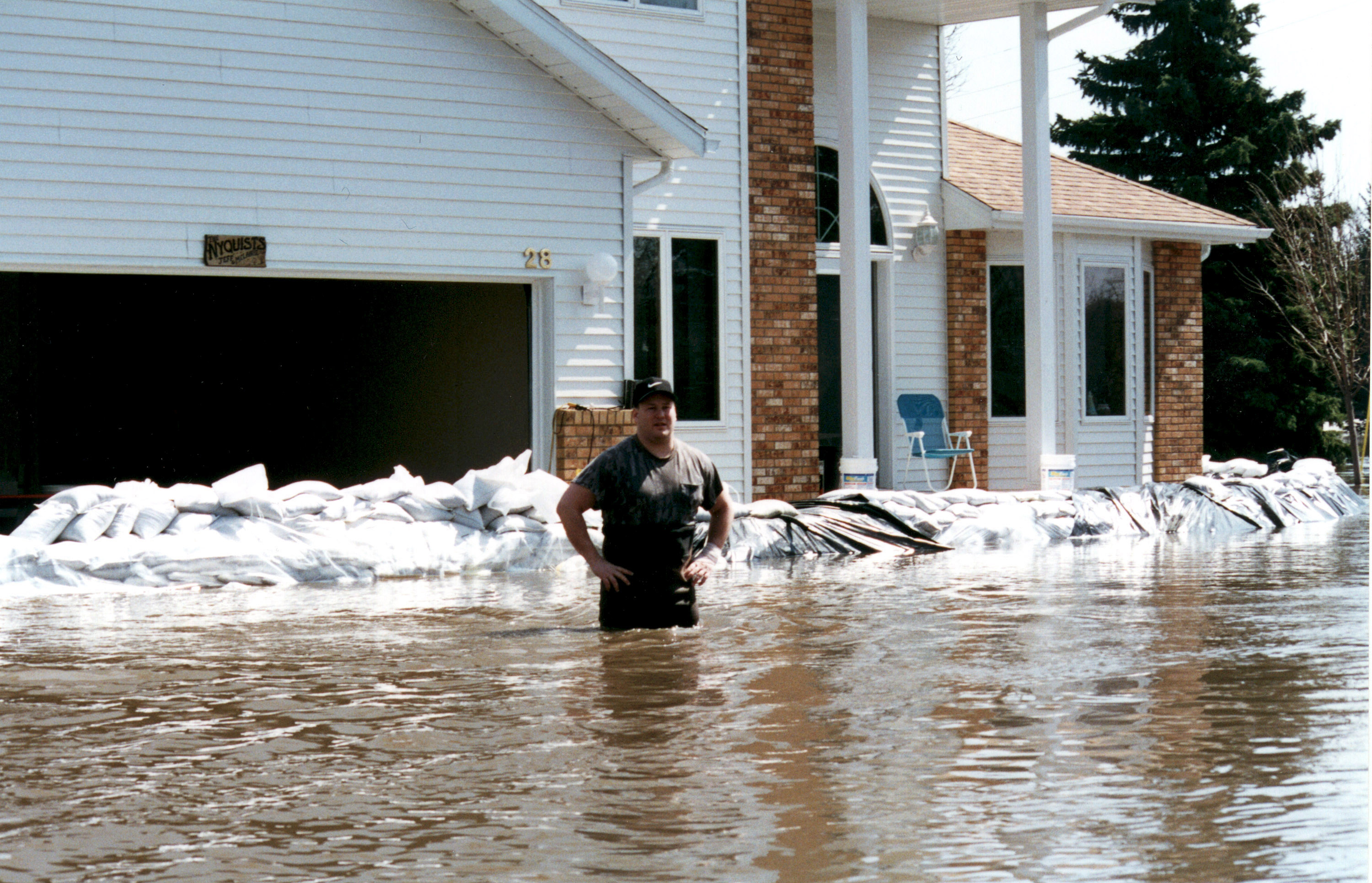Listed here's what you need to understand about navigating the flooding insurance market in Seattle:

Understanding Flood Zones
The first step in getting flooding insurance policy is understanding your property's flooding zone. The Federal Emergency Management Agency (FEMA) has developed charts that show areas of high and reduced risk for flooding around the country.
In Seattle, there are several different types of flood zones, consisting of:
- High-Risk Zones: These areas have a 1% or greater odds of flooding each year and are typically located near body systems of water or on low-lying land.
- Try This -to-Low Threat Zones: These regions possess a reduced possibility of flooding but may still be at risk during the course of severe weather condition activities.
- Coastal Areas: Residential properties located along the coast may be exposed to both storm rise and increasing ocean levels.
It's crucial to keep in mind that even if your home is not located in a high-risk zone, it may still be at risk for flooding. In simple fact, around 25% of all flooding claims happen from homes outside designated high-risk zones.
Flood Insurance Options
Once you understand your house's flood zone, you may start looking into your options for flood insurance policy protection. There are two principal types of plans accessible via the National Flood Insurance Program (NFIP):
- Standard Flood Insurance Policy (SFIP): This policy covers damages led to through flooding from rivers, ponds or various other organic sources. It includes protection for your residence's construct as properly as personal possessions.
- Preferred Risk Policy (PRP): This policy is made for residential or commercial properties located in moderate-to-low danger regions. It provides lower-cost protection with much less comprehensive protection than a basic plan.
Both SFIP and PRP plans have restrictions on insurance coverage quantities and might not cover specific styles of damage, such as cellar flooding or damage led to through sewage system backups. It's essential to review your plan very carefully and consider any sort of added coverage you might need to have.
Personal flood insurance choices are additionally readily available in some locations. These plans may give even more extensive protection than the NFIP plans but might likewise come with higher costs.
Factors Affecting Superiors
The cost of flooding insurance policy premiums can easily vary commonly relying on a assortment of factors, featuring:
- Flood zone: Homes located in high-risk flood zones will certainly generally have greater fees than those in moderate-to-low risk zones.
- Insurance coverage amount: The even more protection you need to have, the higher your premiums will certainly be.
- Deductible: Picking a higher deductible can easily reduce your regular monthly costs but means you'll pay more out of wallet if you submit a claim.
- Age and construction of your residence: Much older residences or those developed along with materials that are extra prone to water damage might possess greater fees.
- Elevation: Homes that are elevated over the base flooding altitude (BFE) for their region might qualify for lesser superiors.
Browsing the Flood Insurance Market
Shopping fo